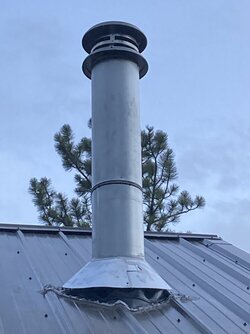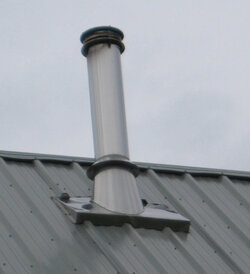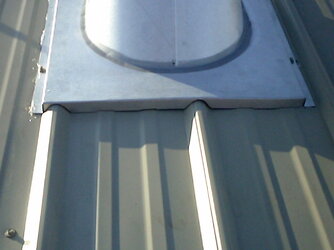
New wood stove. Installed late night…works great/drafts really well, but was taking a look at their roof install, and it looks really, really rough. Exposed rubber gasket(?), LOTS of silicone…I’m going to call but want to make sure it’s justified. How hard would it be to correct this on my own???
I’m finding the old adage true, “if you want something done right, you have to do it yourself”…
Last edited:



